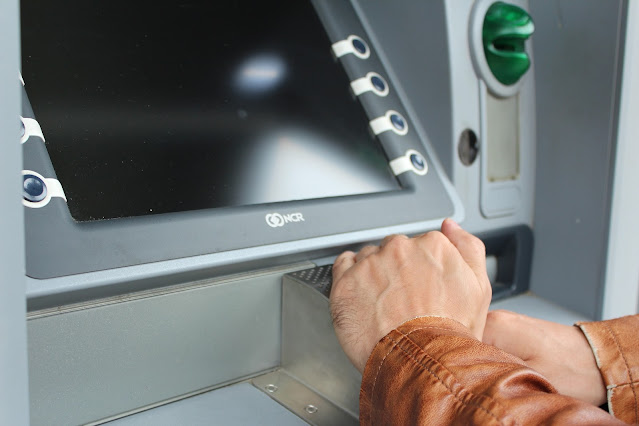Security researchers have identified an Android malware operation that can collect debit card details and PINs directly from a victim’s mobile device and use that information to withdraw cash from an ATM. What makes this attack particularly dangerous is that criminals never need to handle the victim’s physical bank card at any point. Instead, the entire theft is carried out through the victim’s compromised phone, wireless communication features, and a coordinated cashout attempt at an ATM.
The threat relies on a combination of social engineering and near field communication, a short-range wireless feature widely used for contactless payments on smartphones and payment cards. Once the malware is in place, it quietly monitors NFC activity on the compromised phone, captures the temporary transaction data, and sends this information to an accomplice positioned near an ATM. Because these NFC codes change quickly and are valid only for a short period, the cash withdrawal must be carried out almost immediately for the fraud to succeed.
The attackers cannot begin the operation until they convince the target to install the malicious application. To achieve this, they commonly send deceptive text messages or emails that pretend to come from a bank. These messages warn the user about false account issues or security concerns and direct them to install an app from a link. Victims are sometimes contacted through follow-up calls to reinforce the urgency and to make the request appear more legitimate. The app itself does not come from an official store and often asks for permissions it does not need, including access to financial inputs. Once a user enters their card information and PIN, the malware is ready to operate in the background.
When the victim completes a contactless transaction on their phone, the malware intercepts the NFC exchange and sends the captured data to the waiting accomplice. That person uses a phone or smartwatch to simulate the victim’s payment credential at a nearby ATM and withdraws money before the dynamic code becomes invalid. Because all steps are interconnected and time sensitive, the criminals typically coordinate their roles in advance.
This technique stands out because it exploits features designed for convenience. It does not rely on physical skimming devices or stolen cards. Instead, it abuses trusted communication processes inside the victim’s own device. The combination of fake alerts, misleading calls, unauthorized apps, and wireless data relays makes the attack appear legitimate to those who are not familiar with these tactics.
Practical steps readers should take :
• Only install banking or payment apps from official app stores or verified developer pages.
• Treat unsolicited messages or calls claiming to be from your bank as suspicious; verify alerts using the phone number printed on your card or official statements.
• Never share card numbers or PINs in response to unsolicited contacts.
• Review installed apps and revoke permissions for unknown or unnecessary apps, particularly those that request accessibility or payment access.
• Use reputable mobile security software and keep the device and apps updated; some security products can detect malicious installers and block phishing links.
• Any suspicious alerts should be verified by contacting the bank using official phone numbers printed on cards or statements.
As cybercriminals continue to grow more layered and coordinated attacks, staying informed about these methods is essential. Understanding how such schemes operate can help individuals protect themselves and warn others before they become victims.























